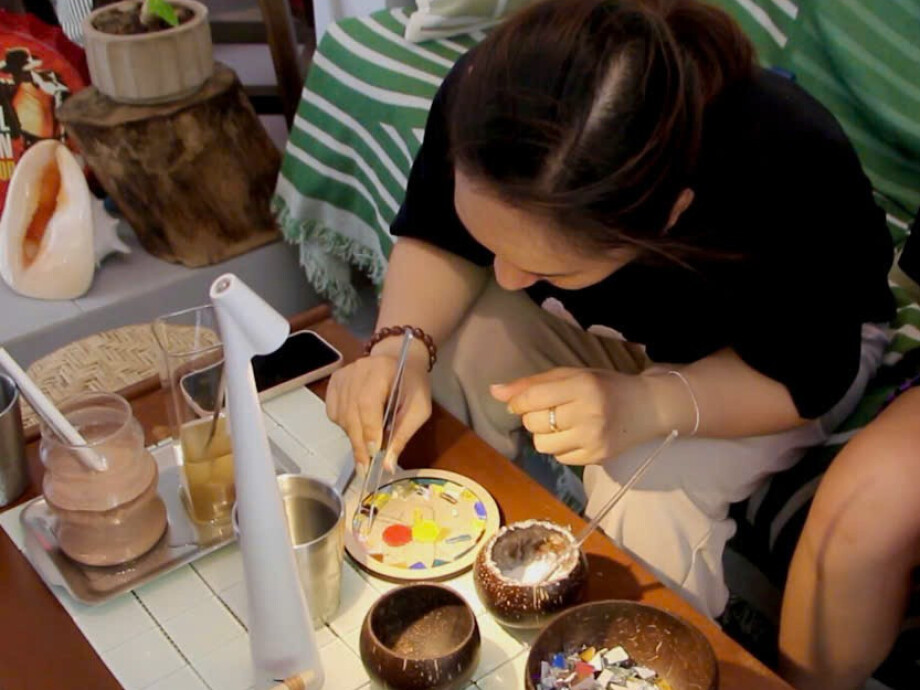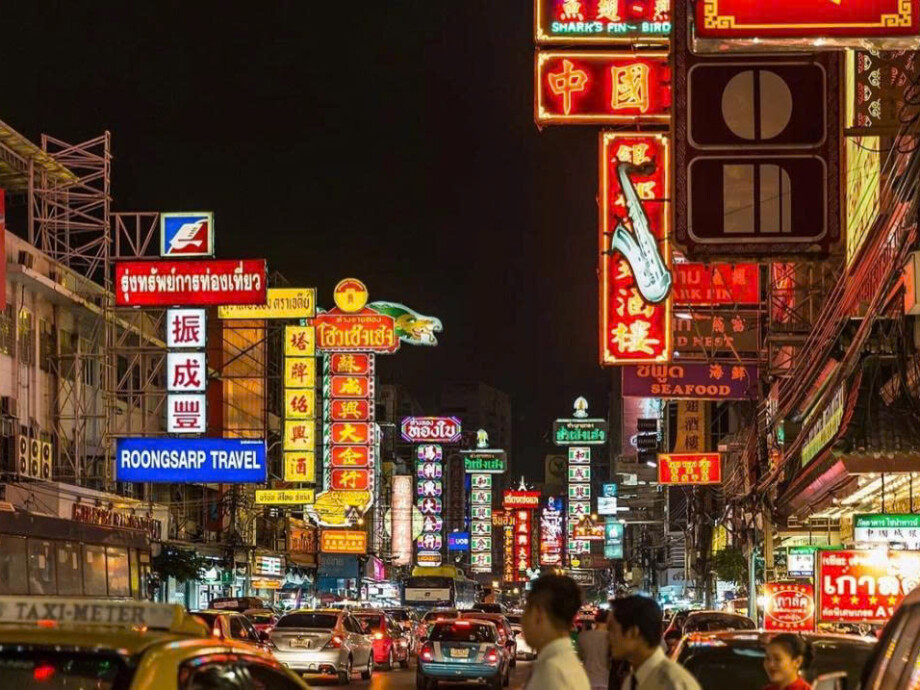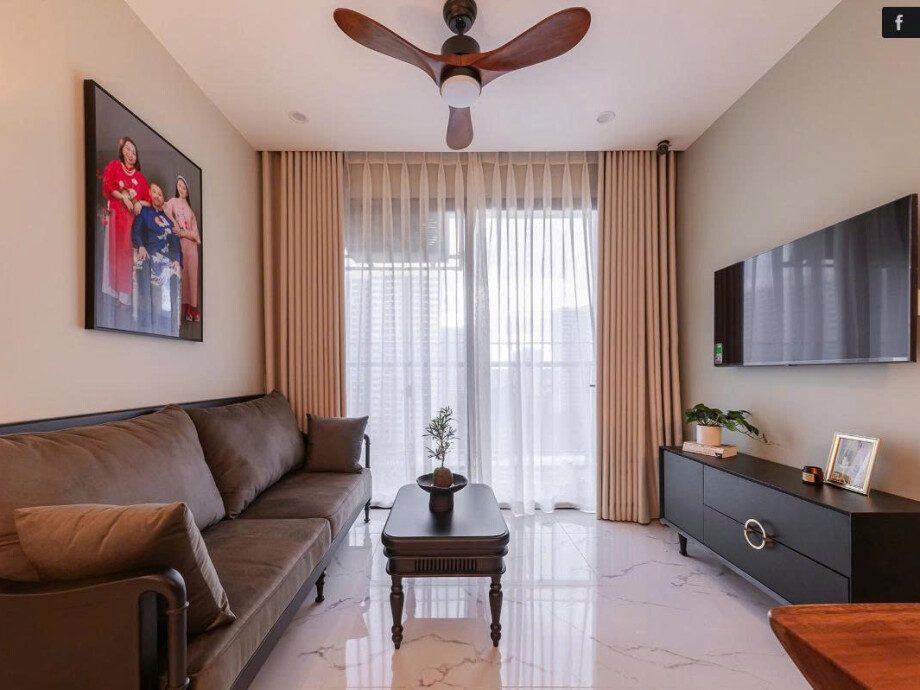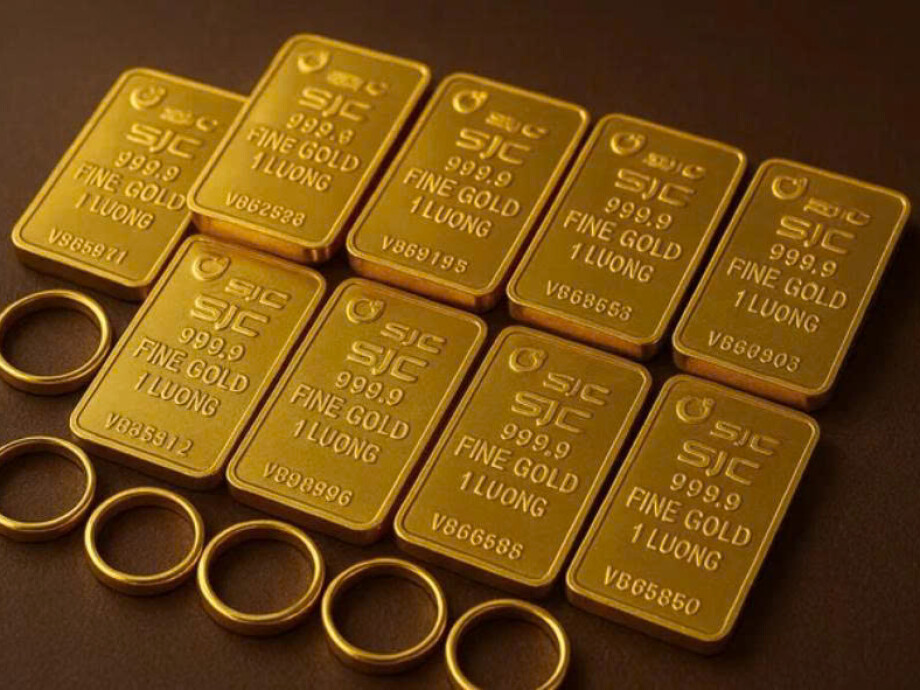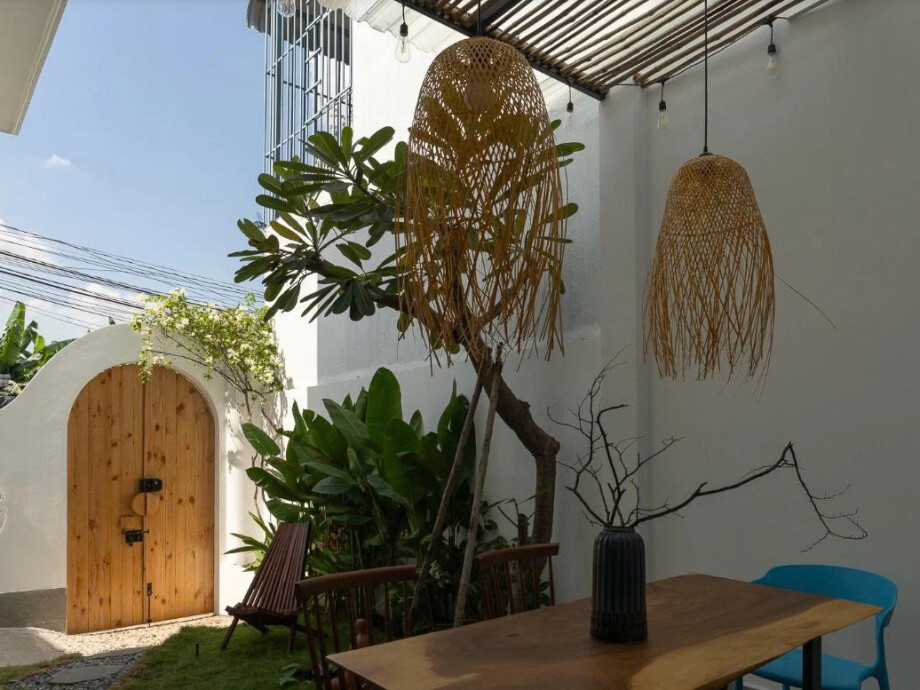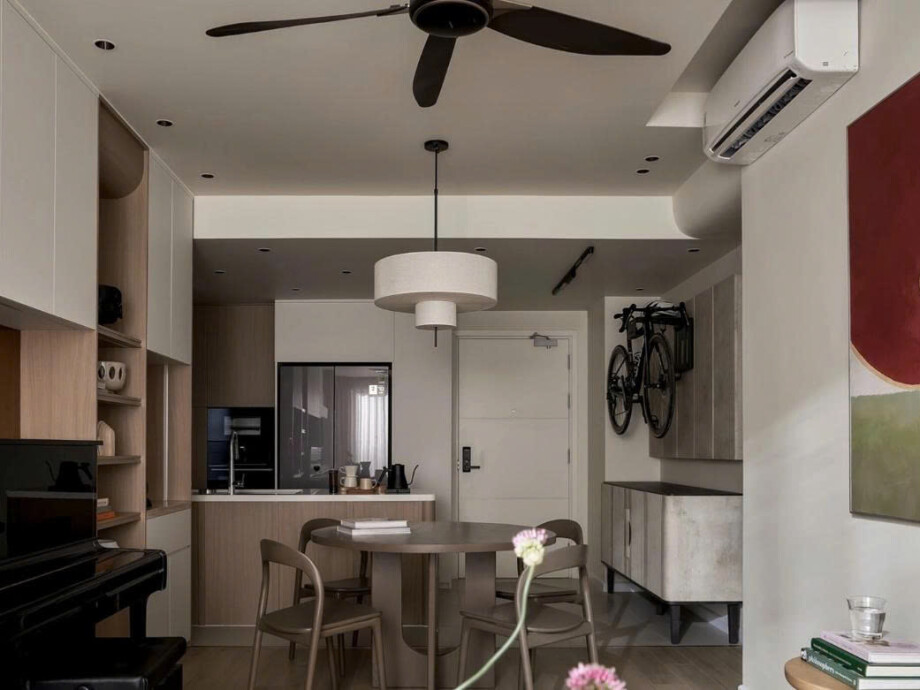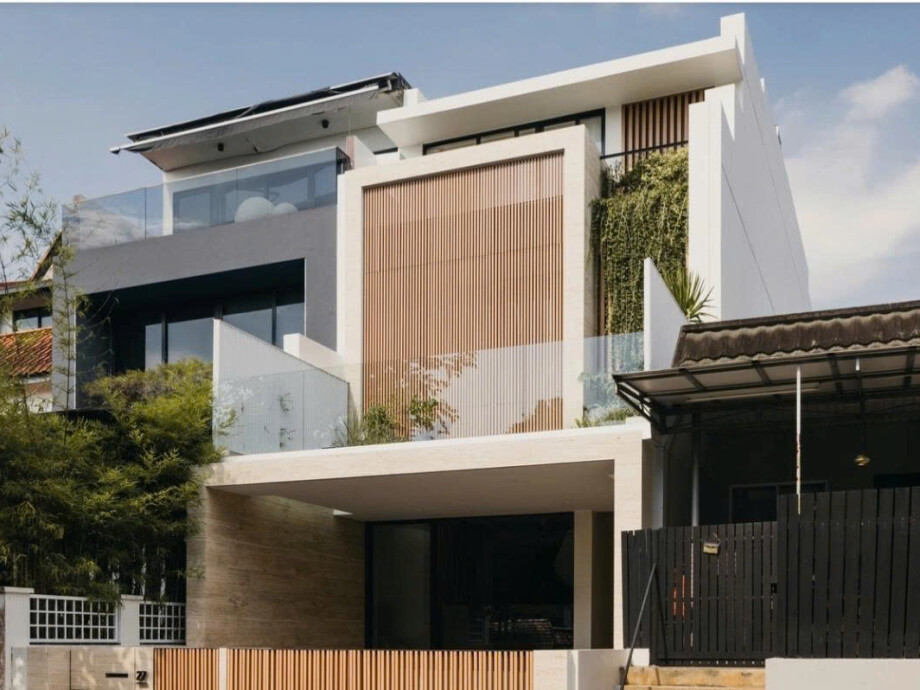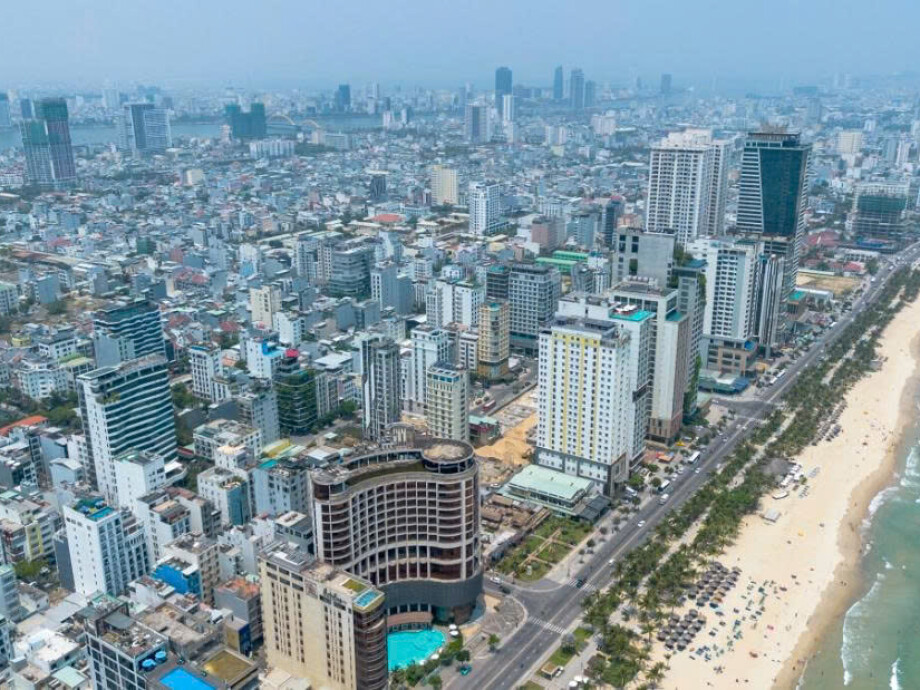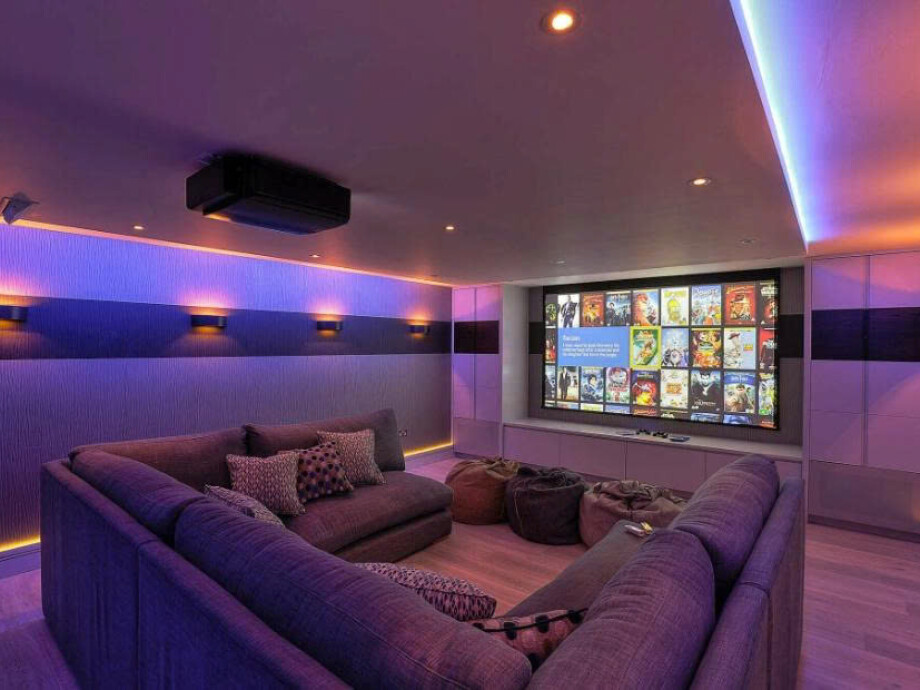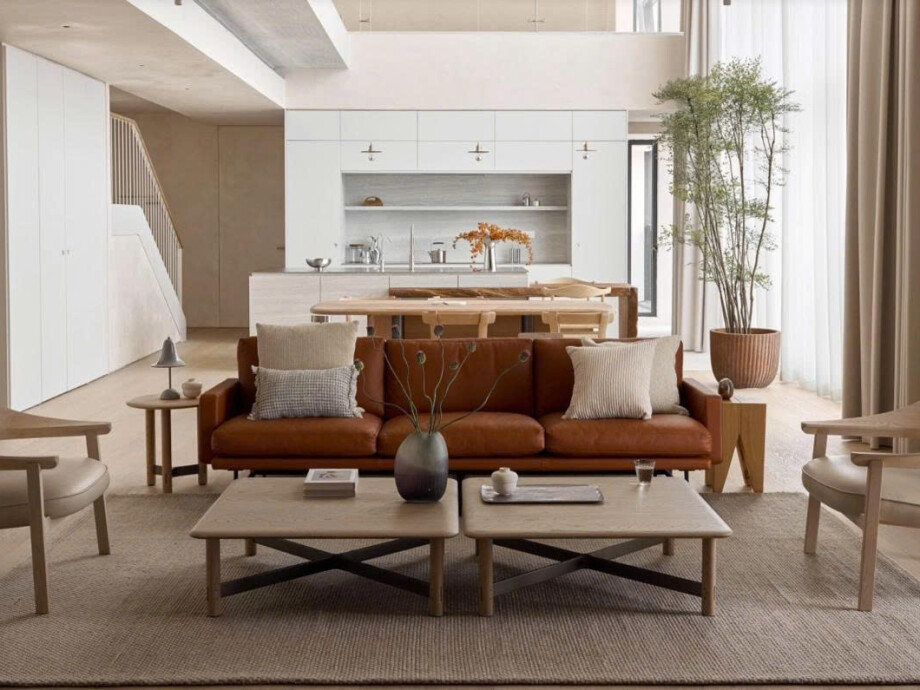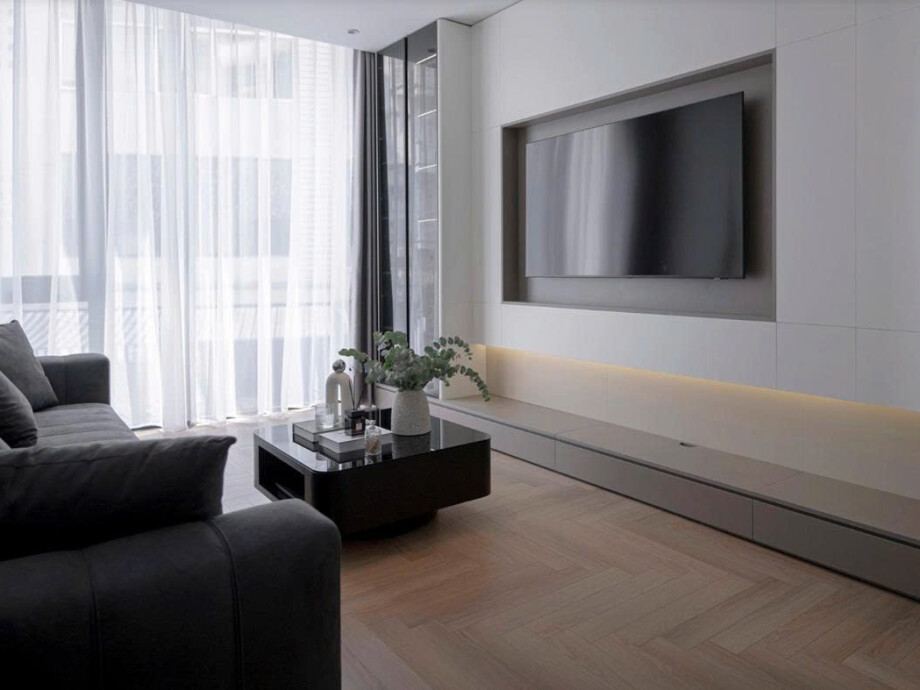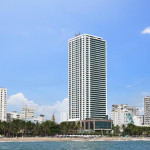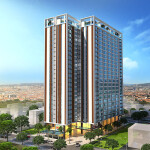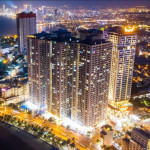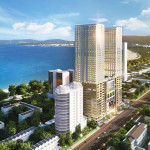Notes when designing living space to save electricity
Guide news
31/08/2024
According to architects, energy-saving living spaces are part of the current green architecture trend. Green architecture contributes to other industries to create a Net Zero world (zero carbon emissions) by 2050, as committed by countries at the 26th United Nations Climate Change Conference (COP26). For individual families, green architecture will help save on monthly electricity bills, especially during peak hot periods.
To create an energy-saving space, it is necessary to combine many interwoven factors. According to Master, architect Pham Thanh Truyen, who was honored as one of the 100 global architects at the International Union of Architects (UIA) Congress held in Korea in 2017, the first necessary factor is to design an area suitable for the function. After many years of working as a design consultant, Mr. Truyen has met many homeowners who want a large space, partly due to their preferences, partly due to the idea of "big house, big door". Sometimes there are people who like to show off, like their rooms to be bigger than their neighbors or friends...
"When faced with such orders, I still advise homeowners to design an area that is just enough, just right, making it too big will be wasteful. For example, a 50 m2 bedroom, not including the toilet, placing a King Size bed will still be lost in the space, looking unbalanced, not beautiful and wasteful", the architect shared.
The waste of space will lead to the waste of many other things, including energy. In addition to the area, the height of the space also needs to be suitable for the function of use, should not be made too high. The ratio between height, width, and length must be harmonious to create a beautiful and optimal space in all aspects.
To help save energy, rooms need to be naturally ventilated and exposed to nature. However, not all natural light or wind is good, because it will have the opposite effect. For example, too much sunlight will waste electricity when using air conditioning. Or some houses are not designed properly, opening a skylight in the kitchen, when cooking, the homeowner has to wear a hat because the sun shines too much. "Bringing in too many natural elements can sometimes be disadvantageous to users, accidentally heating up the space, especially when Vietnam is located in a tropical monsoon region," Mr. Truyen commented.

A space that is ventilated and receives natural light. Photo: Cat Moc
The choice of exterior and interior materials also has a certain impact on the energy consumption of the house. Experts recommend paying attention to choosing materials that are environmentally friendly, prevent harmful natural agents and are suitable for the function of the space. For example, a house facing west has a lot of sun in the afternoon. If using glass walls, it can "heat up" the space all afternoon. Especially when there is no air convection in the house, it can cause a greenhouse effect of glass walls. "Just a few windows and glass walls that are not designed properly can heat the space inside the house a few degrees higher than the outside," said the architect.
With the architecture of the facade, if possible, it should be double-layered, for example with wooden slats, ventilation bricks, creating a buffer space outside before sunlight enters the house.
Regarding wind direction, the architect noted that it should only receive good wind directions. For example, in the North, the northeast wind affects human health in winter, so there needs to be a suitable architectural solution to shield it.
Materials for the interior need to be suitable for the function of use. The bedroom and kitchen will have different tasks. If the kitchen floor is covered with wood, after a while the floor will be damaged due to humidity around the sink area. On the contrary, the bedroom with marble tiles will not be cool in the summer and warm in the winter.
Improving the microclimate around the house also contributes to creating a green and energy-saving living space. For projects with large garden spaces, planting trees and making a pond to catch the right direction of sunlight and wind before entering the house can help prevent fine dust and dirt from entering the interior, bringing moisture into the living space, contributing to reducing the temperature inside.
In particular, to create an energy-saving living space, choosing interior equipment, especially household electrical appliances, is important. The equipment needs to be suitable for the space's function and consume less energy
"Usually when consulting on design, I still advise homeowners not to put the TV in the bedroom because of many unfavorable factors. Lying down to watch TV can damage the spine, not to mention the blue light from the TV is not good for sleep", architect Truyen shared. He further cited that when choosing a lamp for the dining table, you should not choose an incandescent lamp because it will accidentally emit a lot of heat, reducing the feeling of delicious food.
The architect also recommends that for electronic and household appliances such as refrigerators, washing machines, televisions, especially air conditioners, you should choose a product line that uses inverter technology to save energy consumption.
Air conditioners are currently one of the most used devices in families, as the weather is getting hotter and hotter. "I often instruct customers to quickly calculate that for every 15 m2 of floor, use a 1 HP air conditioner, because except for some special spaces such as duplex apartments and mezzanine rooms, the height of rooms in Vietnam is usually about 2.8 - 3 m," said Mr. Truyen.
In addition, he also noted that the location of the air conditioner must ensure the most air circulation possible in the space and not blow directly on people. The location of the condenser and evaporator should not be too far apart to avoid wasting electricity and reducing cooling efficiency.

Air conditioners using inverter technology consume less power than mechanical air conditioners. Photo: Ba Hoi
Regarding the power-saving features of air conditioners, Mr. Tran Van Can, Head of Product Development Department of Casper Vietnam, said that inverter technology can help air conditioners save about 40% of power consumption compared to mechanical machines of the same capacity.
According to consumer demand, manufacturers are increasingly integrating more power-saving technologies into their products. For example, Sleep mode (after a fixed period of time is set, the machine will automatically increase the temperature to match the room temperature of the user (usually every 30-60 minutes, the temperature will increase by 1 degree Celsius). In addition, most current air conditioner lines are equipped with an on/off timer mode and can be controlled on the remote.
For example, the EcoPrime line of Casper, which was newly launched this summer, in addition to the two features above, also integrates the I-save mode to help save electricity. Users only need to press a button on the remote, the machine will automatically change the temperature and appropriate modes to consume the most optimal amount of electricity. The models of this product line all achieve 5-star energy efficiency.
In addition to the power saving mechanisms, to suit the interior and convenient installation, manufacturers also focus on design. Like the EcoPrime line, in addition to the rough surface design, the edges are suitable for all spaces. space, interior color, the manufacturer also uses the smart Easy Care design, monolithic product, limited screws, has a latch to open the lid, only one technician can easily install and maintain.
Thái Bình
Get the latest information !
Receive the latest market information sent via email week
Featured news
Articles on the same topic
Mỗi món đồ nội thất đều có chủ địch rõ ràng, nhờ đó không gian sinh hoạt chung và riêng giữ được khoảng "thở", cân bằng và thoáng đãng.
18.08.2025
Mỗi bước di chuyển giữa các không gian nội thất, gia chủ đều cảm nhận được khung cảnh ngập tràn ánh sáng và mảng xanh.
14.08.2025
Khu rừng tràm và dương xỉ ở xã Cam Lâm hút giới trẻ nhờ khung cảnh thơ mộng, xanh mát như bước ra từ truyện cổ tích.
14.08.2025
Chiếc xe đạp được treo ngay cửa vào, thể hiện cá tính chủ nhân, phía dưới là tủ giày được thiết kế cùng chất liệu thô mộc.
14.08.2025
Hệ cửa và giếng trời đa dạng cho phép ánh sáng đi vào không gian trong nhà, biến các bề mặt thành những bức tranh.
11.08.2025
Viện Kinh tế tài nguyên và môi trường TP HCM kiến nghị cho doanh nghiệp tự khai, tự nộp tiền sử dụng đất nhằm rút ngắn thủ tục, giảm nợ đọng và thúc đẩy hoạt động đầu tư.
11.08.2025
Màu sắc và không gian nội thất được thiết kế trên ý tưởng ly matcha latte nhiều sữa, tạo cảm giác thư giãn cho gia chủ sau một ngày dài.
01.08.2025
Khi đầu tư 50 triệu cho phòng karaoke, Minh Quân nghĩ sẽ là nơi giải trí thường xuyên cho cả nhà chứ không ngờ nó lại thành phòng chứa đồ đạc thừa.
31.07.2025
Căn hộ thể hiện xu hướng thiết kế hướng đến cá nhân hóa, giúp nâng cao chất lượng sống thay vì chỉ tạo hiệu ứng thị giác.
30.07.2025
Mỗi không gian chức năng của căn nhà được cải tạo theo hướng tối giản, đầy đủ tiện nghi hiện đại nhưng vẫn đảm bảo gọn gàng.
23.07.2025

Typical projects
50-70 million/m2
50-70 million/m2
48 triệu/ m2
50-70 million/m2
50-70 million/m2









